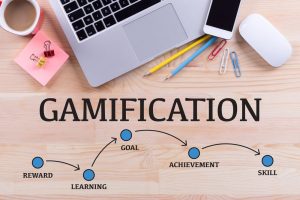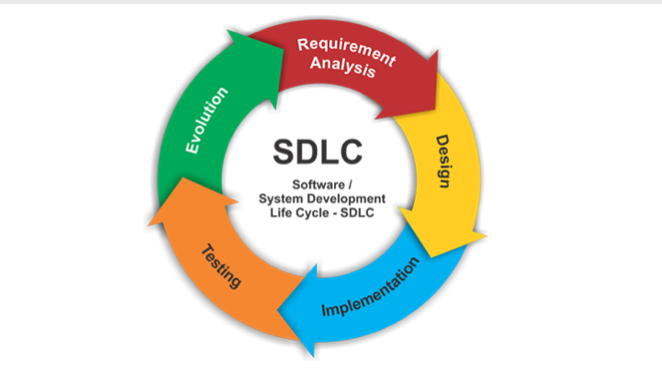“Game players regularly exhibit persistence, risk-taking, attention to detail, and problem, all behaviors that ideally would be regularly demonstrated in school.”
The Education Arcade at MIT
Work Meets Play
According to TED speaker, Jane McGonigal, we spend more than 3 billion hours playing video games. 28 million people harvest their crops on FarmVille every day.
“The average young person racks up 10,000 hours of gaming by the age of 21.”
Jane McGonigal
It is obvious that games are a big part of our lives. People that play games exhibit attributes that would be ideal for one to excel in a place of education. However, that is not often the case.
According to the Education Ministry of Malaysia, the number of students who dropped out before completing their primary education was 15,398 in 2000. That figure has declined steadily to 3,920 students by 2013. In addition, statistics also show that the number of those who do not continue to finish their secondary school education is higher, at 45,212 in 2000. That figure has now declined to 14,396. While the decline is a positive sign, the numbers are still a cause for concern. However, there is a simple and fun solution for this issue; gamification.
What is gamification?
Gamification is the use of game design elements in non-game contexts. For example taking boring tasks and adding game elements to them. Why incorporate gamification into education? The simple answer is engagement. In the context of video games, engagement means keeping a player’s attention and focus on the events unfolding in the game. Educational institutions adopting gamification will increase student engagement with the learning process to increase the knowledge retained.
Furthermore, gamification provides a more conducive learning experience for the learner. This can lead to an increase in retention. In addition to a conducive learning experience, gamification also provides a better learning environment for students/learners.
Moreover, with gamification being an informal and unorthodox method of learning, it allows for learners to attempt facing real life challenges within a controlled environment. This in turn also leads to a better retention of knowledge. Every video game provides players with instant feedback. This only helps them get better at playing the game. In the same way, gamification gives instant feedback (through badges, progress bars, coloured stars, experience points, etc.) and allows them to keep track of their progress.
The Khan Academy
The Khan Academy, a non-profit educational organization employs gamification in each lesson conducted. Students are given immediate feedback on right and wrong answers. Incorrect answers are circled with a yellow sad face. Furthermore, students are not allowed to progress to the next question without selecting the correct answer. Moreover, students lose their streaks or ‘combo count’ should they require a hint to complete the question.
With gamification having the potential to transform education, the next question is how.
Please feel free to drop an email or contact us if you require an information of gamification.





About The Author: Luke@gameka.my
More posts by luke@gameka.my